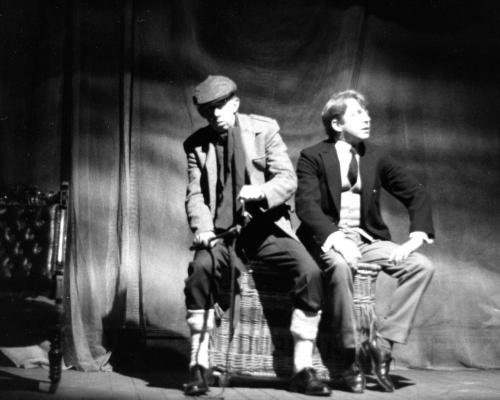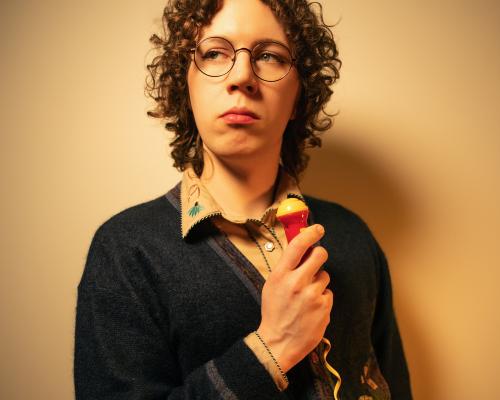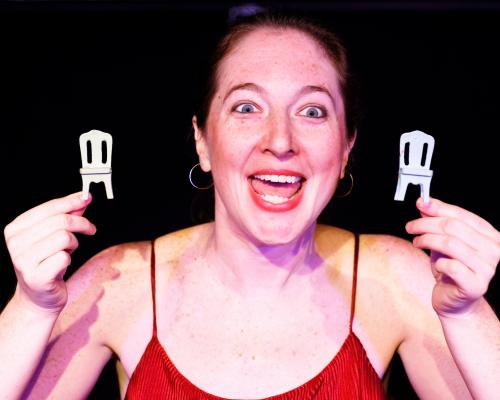
Susan Hill, novelist
When my first daughter was five, I asked a friend’s daughter, who was a medical student, to look after her in the summer holiday so I might get something written. I had limited time before my daughter went back to school and having that deadline was a very good thing.
I’d always liked ghost stories – MR James and so on – but they were always short. Many are unsatisfactory because they have a buildup, then scramble to an end, and that’s it. I thought there ought to be more than that. But it is hard to sustain tension and fear over a longer book. You can’t just have somebody being terrified every chapter.
I made a list of the essential ingredients, beginning with a ghost. I remember writing down “weather”: I loved reading ghost stories that began in foggy conditions. The setting then had to be isolated, a place where nobody would talk about this thing – a conspiracy of silence.
I always write by hand. The medical student said: “My sister’s doing a typing course and is looking for things to type.” I sent her the first few chapters but she came back saying her sister couldn’t read my handwriting. She suggested a Dictaphone so I bought a cheapo recorder and read into that. Then she came back and said: “My sister says it’s going to be a bit slow because she is too frightened to do it when she is alone in the house.”
That sister was Jane Tranter, who went on to be controller of drama commissioning at the BBC. She still remembers it. She said: “I could not listen to it because your voice got very sinister when it was reading certain bits.”
The book was published in 1983 and the play opened four years later in Scarborough, where I was born and brought up. The adaptation complemented the book: in a small theatre, it’s like you are the reader alone in the house. I’ve occasionally sat at the back of the theatre at a matinee and watched these inner-London boys of 16 with a look on their faces that says: “Go on then – frighten me.” It takes about 10 minutes and then they all start clutching each other. They change completely.
Robin Herford, director
In the late summer of 1987, I was working at the Stephen Joseph theatre in Scarborough while Alan Ayckbourn was away at the National. I got to the end of my second year and found I had £5,000 of the budget left. I thought I’d do an extra show over Christmas and figured a ghost story might be a good idea. We had enough money for four actors and we could do it in the bar, where you can get 70 seats in.
Stephen Mallatratt, the resident playwright, wasn’t terribly impressed by my idea but he came back a few days later and said: “Have you read The Woman in Black?” I’m a wimp as far as horror is concerned, but this was a human story about a woman who was forced to give up her baby. I was blown away by it, but it had 15 characters. “You haven’t been listening, Stephen!” I told him.
He said: “I’ve had an idea about that. I might even be able to give you some change.”
He proceeded to write an adaptation for three actors: Jon Strickland, Dominic Letts and Lesley Meade. The designer, Michael Holt, came up with the idea of using gauze: if you light it from one side you can’t see through it, but from the other, it’s transparent. It gave us one of the first rough-magic tools. It’s embarrassingly simple. You can do an extraordinary amount with very little. I commandeered the bar’s kitchens for my five Revox reel-to-reel tape machines, so we could do the sound without hearing “clunk, click”.
We sold out almost immediately. I put in extra midnight performances and there was quite a buzz about it. It’s rare to really frighten a theatre audience, so it surprised us in Scarborough when people said: “I didn’t sleep for three nights after seeing your show.”
A year to the day after opening in Scarborough, we had the read-through for the first London production, which opened at the Lyric Hammersmith in January 1989. Had I had a decent budget, instead of mopping up £5,000’s worth of local authority grant, I could have done a super production, but it wouldn’t have engaged the imagination and wouldn’t have run at the Fortune theatre in London for 33 years. Since then, it has starred actors including Frank Finlay, Edward Petherbridge, Joseph Fiennes and Martin Freeman and I’ve seen tough rugby-playing men cowering amid the screams in the auditorium.
• The Woman in Black is touring from 24 September to 18 April, beginning at Storyhouse, Chester




